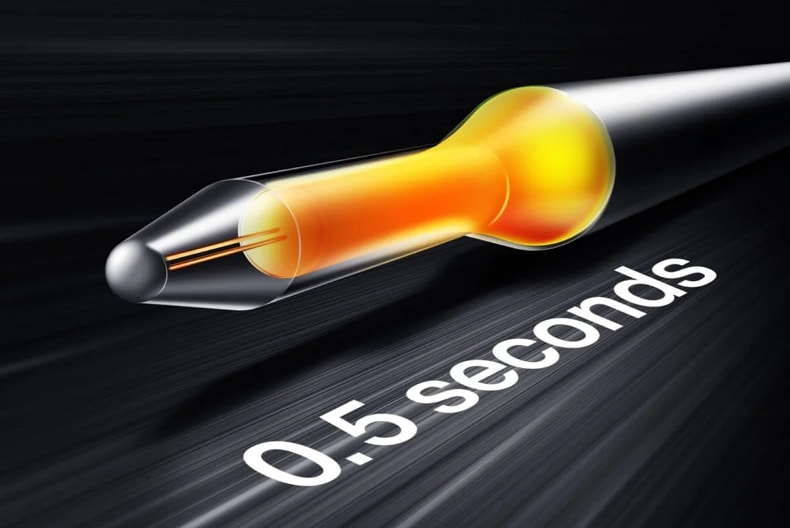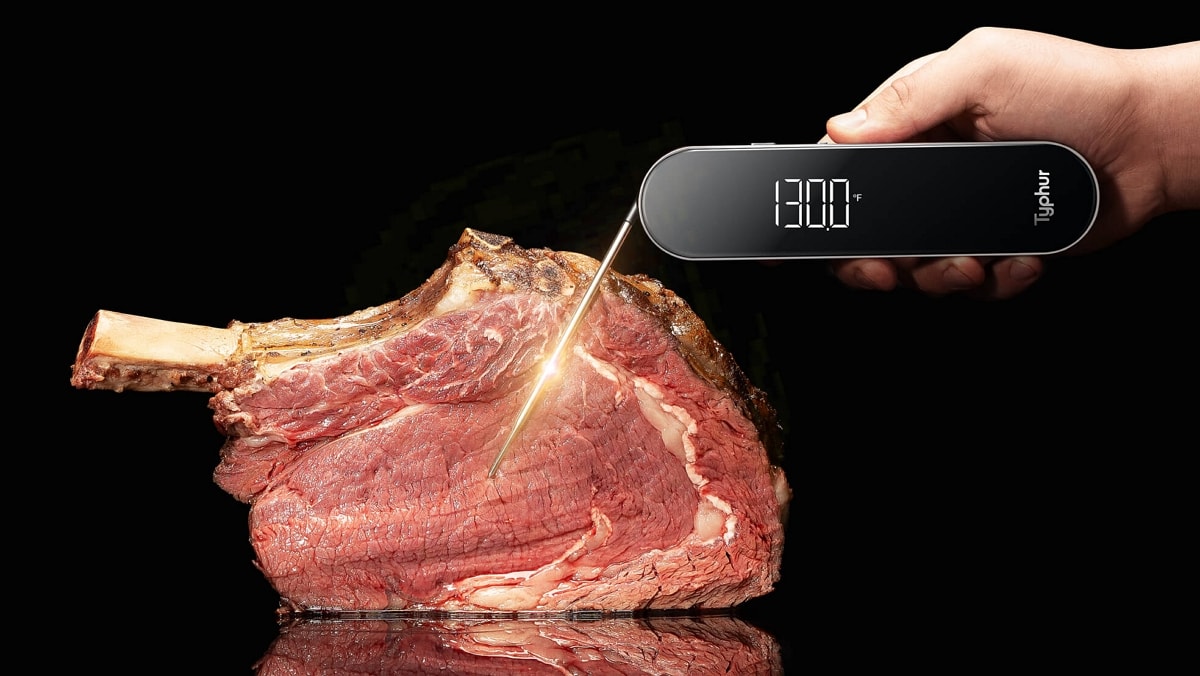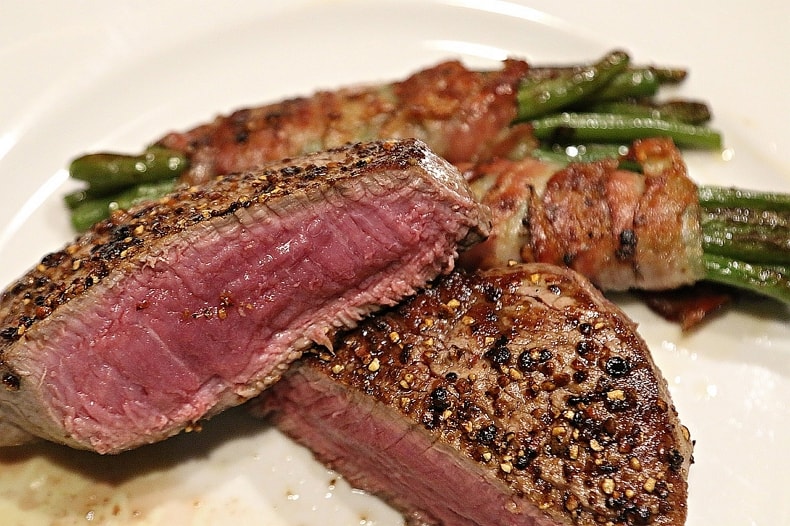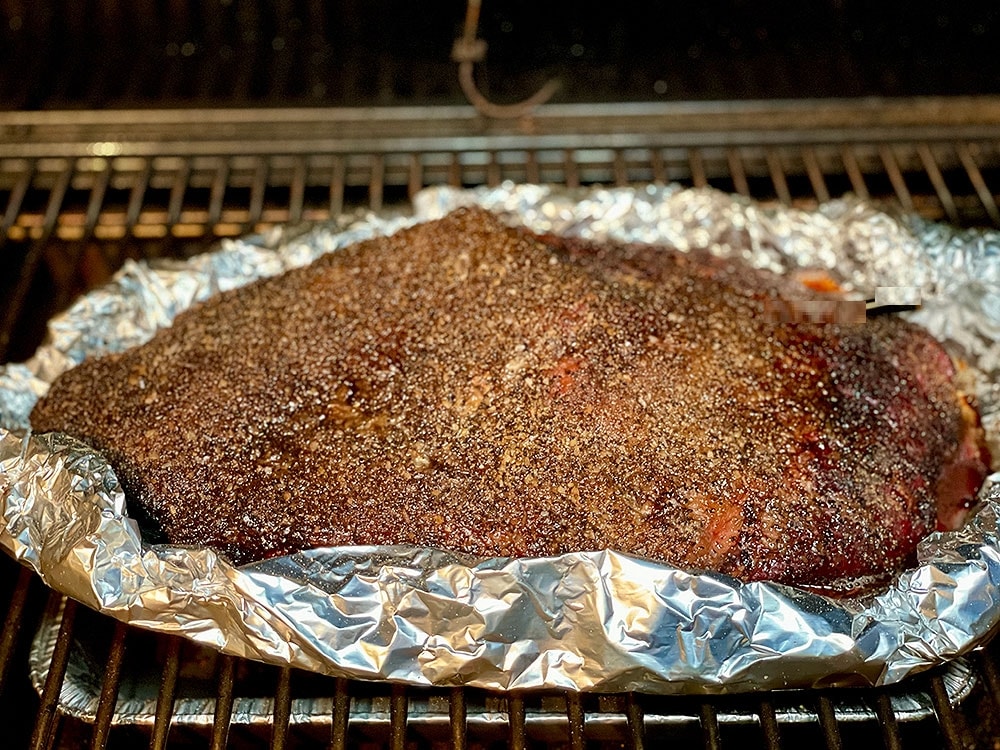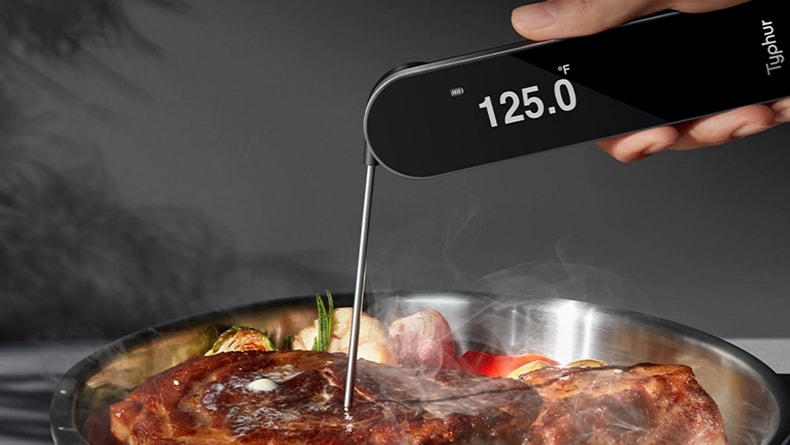
Some people appear to have an uncanny knack for telling when meat is cooked just right, always knowing the perfect moment to remove it from the heat. This impressive skill comes from lots of experience in the kitchen and the correct way to use reliable kitchen tools, such as meat thermometers.
The Science Behind the Core Temp
To measure the core temperature of meat accurately using a meat thermometer, you should consider these crucial factors:
Temperature Gradient
In the cooking process, meat develops different temperatures on the inside and outside, creating a temperature gradient. Heat transfers from the outside of the meat to the inside, and the inner muscle tissues absorb heat more slowly. This creates a gradient from the outer edge to the center.
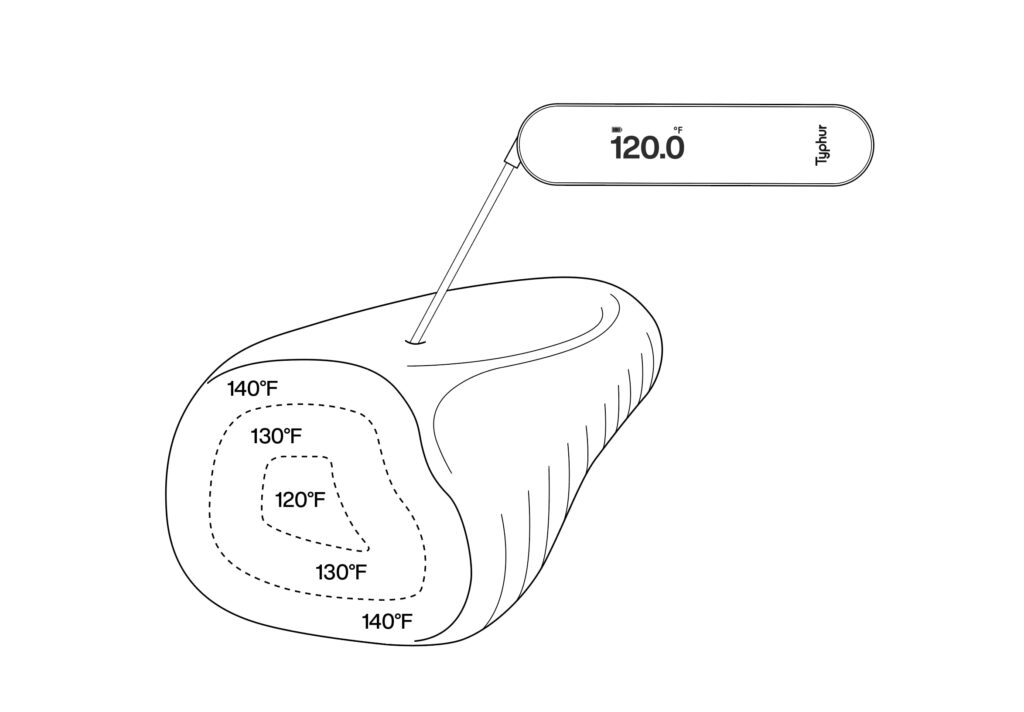
Let’s consider two steaks of the same thickness and size, one placed in a 650°F (343°C) grill and the other in a 375°F (190°C) oven. Both are cooked until their center reaches 135°F (57°C). You’ll find that the steak from the hotter grill has a larger internal temperature gradient compared to the one cooked in the cooler oven. This is because a lower heat source raises the meat’s temperature more evenly than a higher one.
This temperature gradient is inevitable when cooking meat. So, when using a food thermometer to measure the meat’s temperature, it’s crucial to insert it into the center to find the lowest temperature point. If the probe is inserted incorrectly or placed in the wrong area, the reading won’t accurately reflect the food’s core temperature.
Carryover Cooking
Carryover cooking occurs when food continues to cook from its own heat after being removed from the heat source. A medium-cooked steak with a core temperature of 135°F (57°C), you should remove it from the heat when it’s a few degrees Fahrenheit below the desired core temperature, typically 5°F-10°F. So, you should remove the steak at about 125°F-130°F (51°C-54°C), and let the meat rest after cooking. This allows for the perfect finish without overcooking.
Carryover cooking is inevitable in meat cooking, except in sous vide. Therefore, it’s important to monitor the temperature closely and remove the meat from the heat source when it’s 5°F-10°F lower than your target temperature. This exact figure can vary depending on the cooking temperature and the thickness of the meat. Additionally, using Typhur InstaProbe 0.5s instant-read meat thermometer is essential to avoid overcooking due to delayed readings.
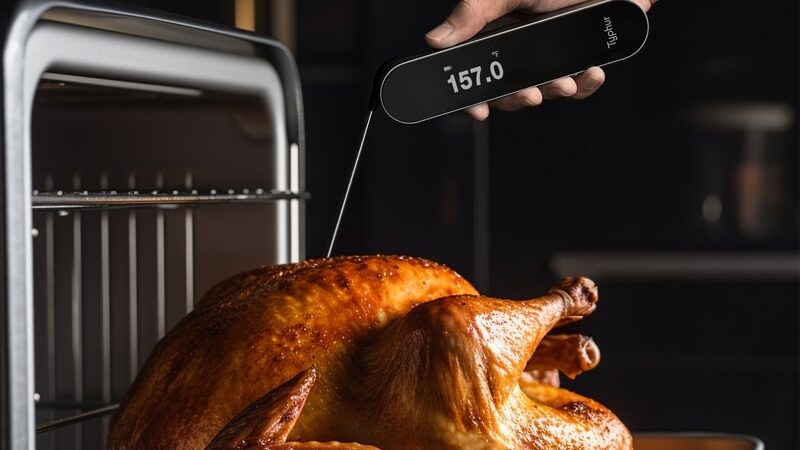
How to Find the Core Temperature?
Avoid Bones and Fatty Areas
If you are cooking bone-in meat, make sure the probe doesn’t touch the bones. Bones conduct heat twice as well as meat, but their hollow, porous structure makes them act more like insulators. So, the meat near the bone might be 5-10°F (3-5°C) cooler.
Avoid fatty parts of the meat because fat has different thermal conductivity and specific heat capacity compared to muscle tissue.
Finding the Meat’s Core Temperature
Insert your probe into the thickest part of the food, going beyond where you believe the center is. Then, pull the probe back slowly until you find the area with the lowest temperature – this is the core temperature of the meat.
A probe that responds quickly and measures temperatures accurately makes the process much easier.
The Typhur Instaprobe, for instance, with its fast response time of only 0.5 seconds and precise measurement within ±0.5°F (±0.3°C), is an excellent choice.
